Just How Important is Proper Fitting for Your Personal Hearing Protection Device?
Whether you wear a personal Hearing Protection Device (HPD) in your work environment or for recreational activities just how important is proper fitting for your personal hearing protection device?
With so many options on the market for styles of hearing protection ranging from a simple ear plug to very detailed styles of Custom Protect Ear’s moulded or 3D produced personally fitted HPD’s, how do you choose which is best for your hearing protection? Do you choose simply on the sophistication or level of the noise cancelling aspect or does proper fitting also factor in to your decision.
Let’s examine how proper fitting can enhance your experience and protection.
The number one indicator of how effective a HPD will be is if you actually wear it!!!
If your HPD is not comfortable will you be less likely to wear it or want to wear it? If you do wear it but because of improper fitting it is less effective than you assume it will be, you will not achieve the protection level you may need.
According to a publication in The National Institute for Occupational Safety and Health (NIOSH), they state that
In fact NIOSH was so concerned over the effects of poorly fitting HPD’s that they developed and licensed a system to create a fast and reliable fit-test system that measures the amount of sound reduction an individual worker receives from the HPD and identifies workers that are not sufficiently protected.
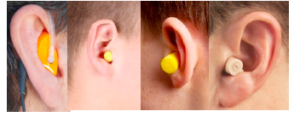
What are some concerns with improperly fitting HPD’s?
- If your HPD is uncomfortable will you be more likely to remove it for periods of the time you need protection.
- Will you be more likely to be distracted by the discomfort it is causing and be more aware of your discomfort than you are on your job or activity? Could you suffer from headache or earache induced discomfort from an improper fit?
- If moisture is trapped in your ear with not enough air circulation could this lead to an increase in ear infections with possible infection induced damage?
- If your HPD’s are designed to be able to hear communications or certain noises or sounds, would that communication level be reduced or hindered with improper fit? Would this encourage the user to possibly remove the HPD so that they can hear that communication leaving them open to noise induced hearing damage?
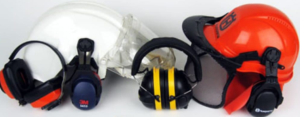
Have you or your Employer taken the steps to incorporate fit testing into your hearing protection plan? If not, start today! Ask about FitCheck Solo
With the properly style of hearing protection device based upon your particular needs and the proper fitting of that device you can dramatically increase your hearing protection, and isn’t that what you would expect from your HPD?
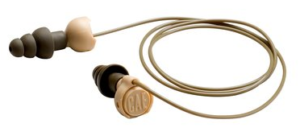
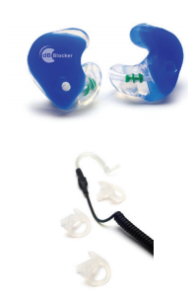 Clearly, for the worker who needs 25 dB of protection this may not be important or possible. But, since most workers need 15 dB or less of protection in most situations, and in some need none but work in fluctuating noise levels, auditory awareness may become more important in selecting an HPD than mere attenuation.
Clearly, for the worker who needs 25 dB of protection this may not be important or possible. But, since most workers need 15 dB or less of protection in most situations, and in some need none but work in fluctuating noise levels, auditory awareness may become more important in selecting an HPD than mere attenuation.
 nd decorating with earrings. But it proved to not be case. The pinna is a critical organ for auditory awareness.
nd decorating with earrings. But it proved to not be case. The pinna is a critical organ for auditory awareness.
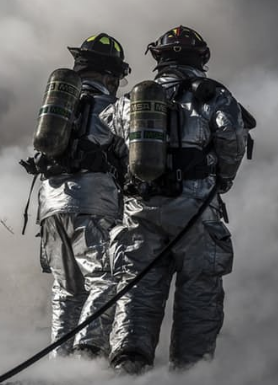







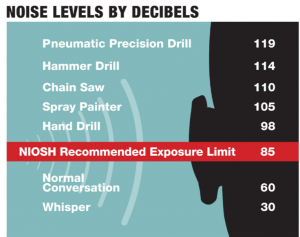



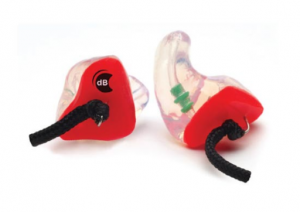

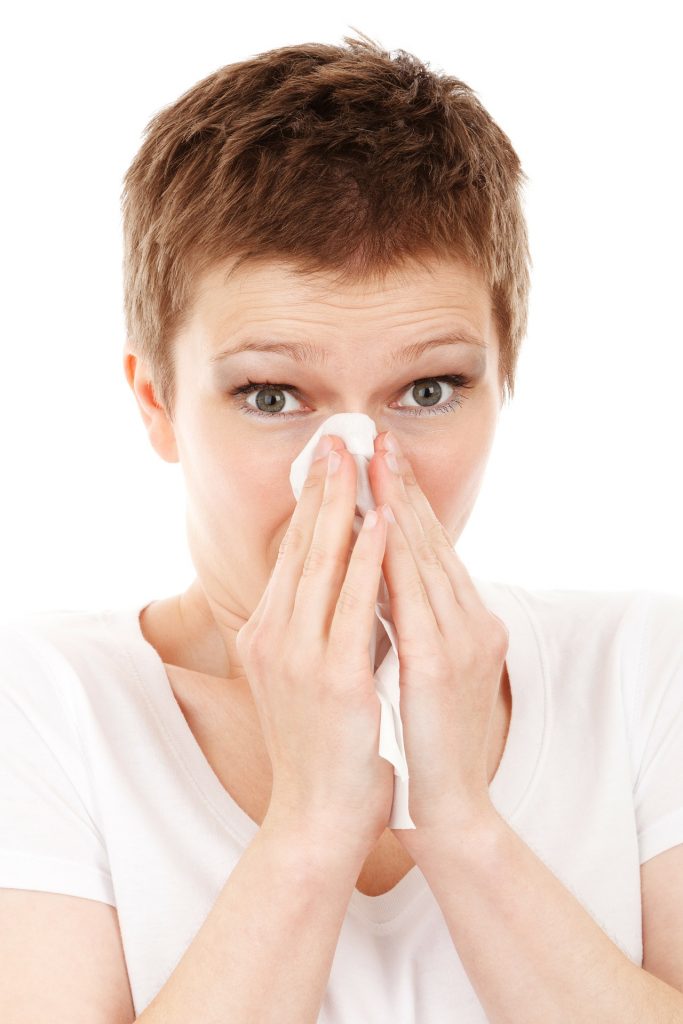 canal congestion.
canal congestion. The dB Blocker™ Classic Intercanal Vented hearing protection device by CPE PEUS may be an answer to those who need to improve hearing. Vented Intercanals were designed for persons who need to converse and work in and out of noise. This hearing protector (earplug) enhances conversation with other workers in a noisy workplace and could be used to enhance hearing with the inner ear concerns of allergy responses.
The dB Blocker™ Classic Intercanal Vented hearing protection device by CPE PEUS may be an answer to those who need to improve hearing. Vented Intercanals were designed for persons who need to converse and work in and out of noise. This hearing protector (earplug) enhances conversation with other workers in a noisy workplace and could be used to enhance hearing with the inner ear concerns of allergy responses.